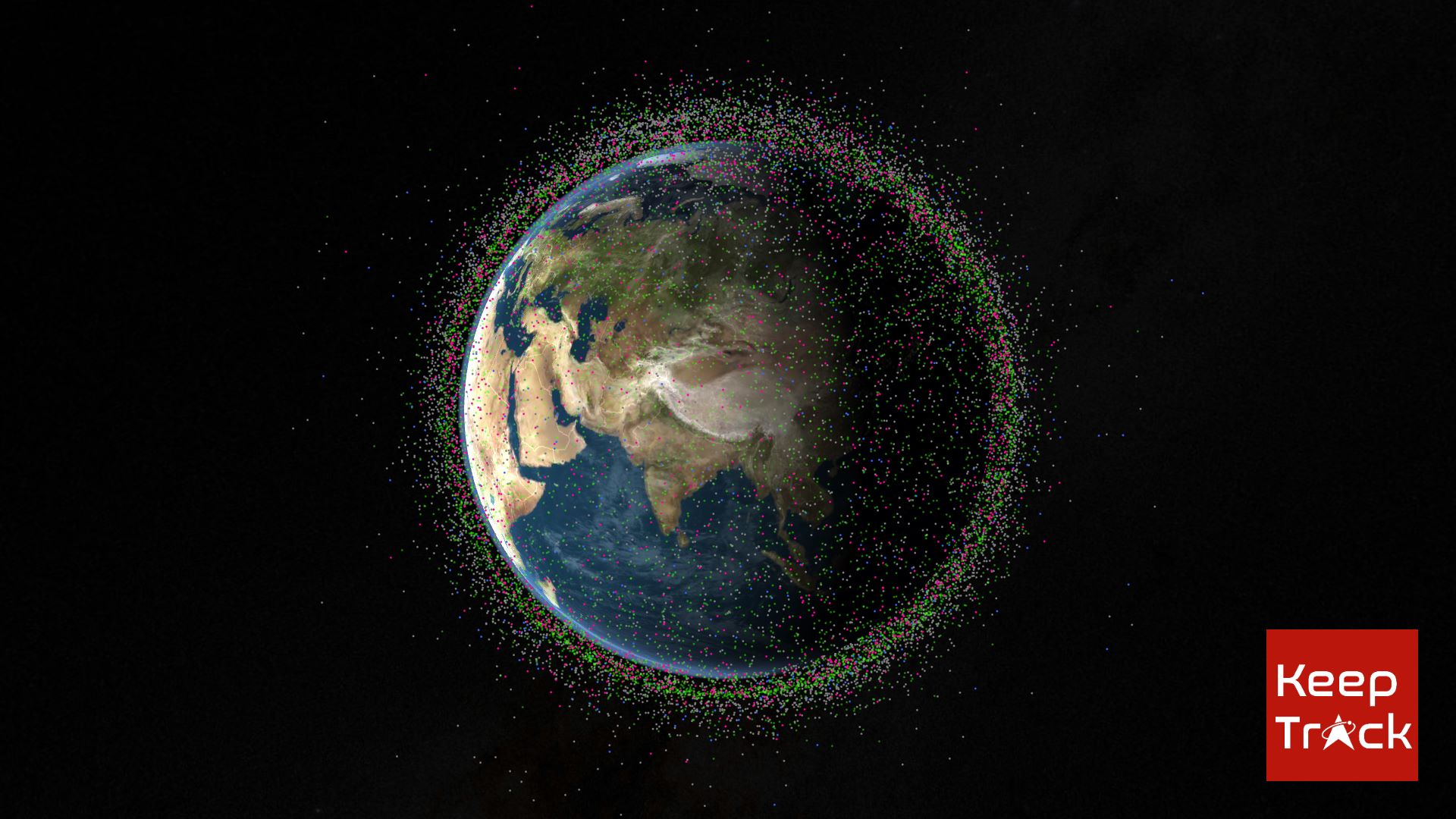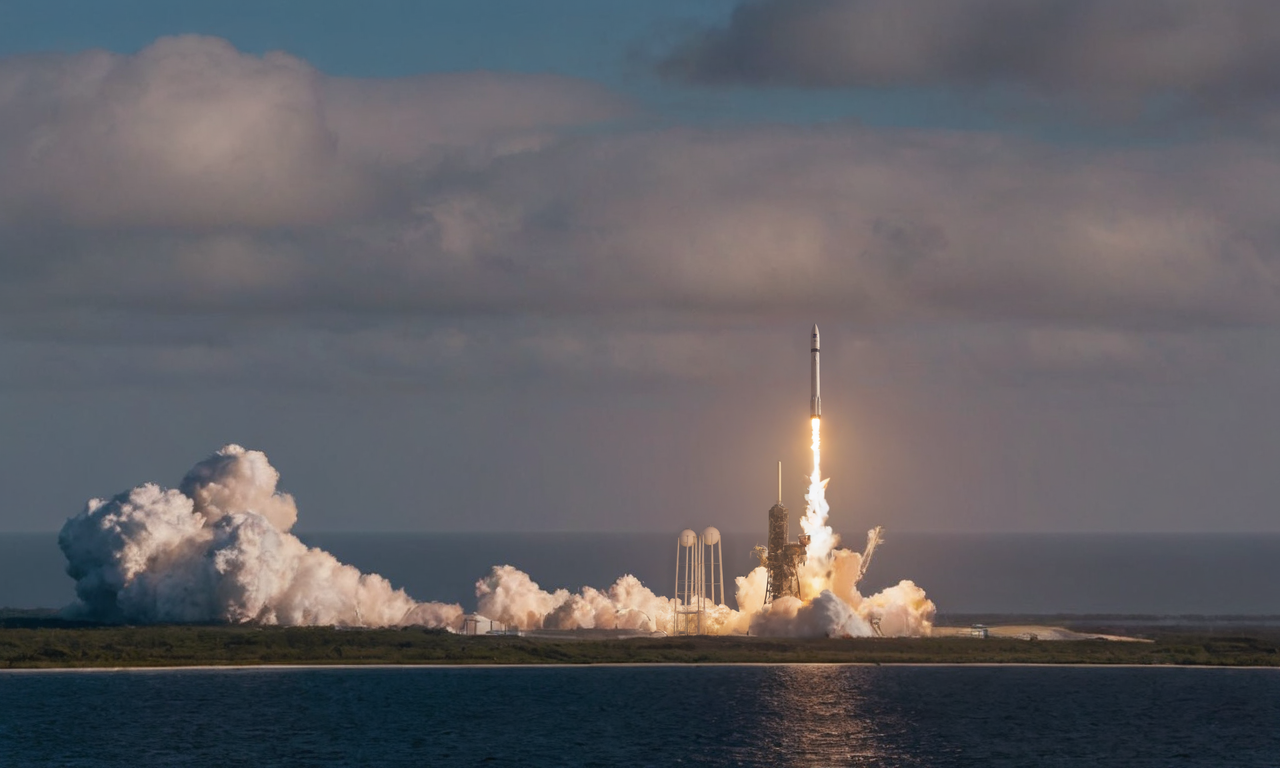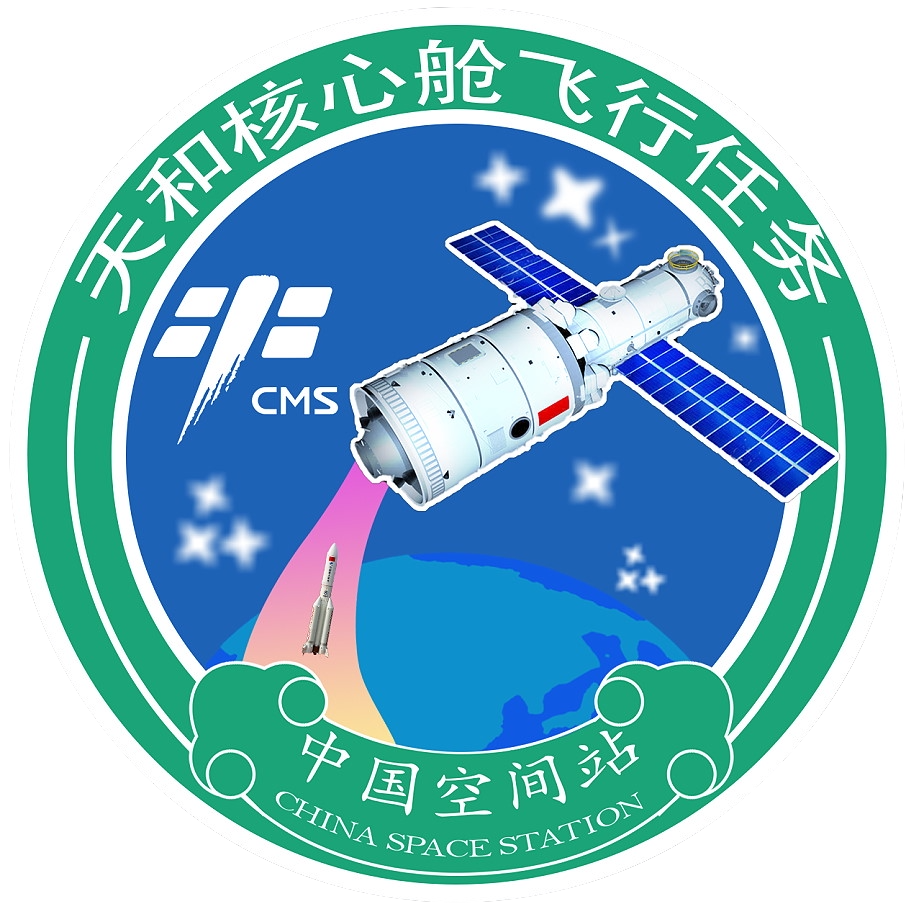· space terms · 6 min read
Low Earth Orbit (LEO)
The bustling downtown of space: where most satellites operate, communication networks bloom, and the challenges of atmospheric drag and radiation shape our approach to space operations

If geosynchronous orbit is the exclusive high-rise penthouse of space real estate, then Low Earth Orbit (LEO) is downtown—bustling, crowded, and the center of most human activity in space. It’s where humanity cut its teeth on orbital operations, where the International Space Station circles our planet, and increasingly, where vast new satellite networks are being deployed to connect our world.
The Technical Bits
Low Earth Orbit encompasses the region between approximately 160 km (100 miles) and 2,000 km (1,200 miles) above Earth’s surface. At these altitudes, satellites zip around our planet at velocities around 7.8 km/s (17,500 mph), completing full orbits in just 90 to 128 minutes—meaning they circle Earth 11 to 16 times each day.
This proximity to Earth offers three critical advantages:
- Minimal communication delay (just milliseconds versus the noticeable lag with geosynchronous satellites)
- Higher resolution imaging for Earth observation applications
- Lower launch costs compared to higher orbits
But this prime location comes with its own unique set of challenges that satellite operators must navigate daily.
The Atmospheric Drag Challenge
Even in “space,” the tenuous upper atmosphere extends hundreds of miles above Earth, creating friction that gradually slows satellites and pulls them toward Earth. This drag effect varies dramatically at different altitudes:
- Below 300 km: Satellites may survive only weeks or months without propulsion
- Around 400 km (ISS altitude): Regular orbital boosts required every few months
- 800+ km: Satellites might operate for decades before atmospheric effects bring them down
What makes drag particularly challenging is that it’s not constant. When the Sun becomes more active during solar maximums, the atmosphere heats and expands, increasing drag at all altitudes. During intense solar events, satellites may experience sudden, dramatic increases in atmospheric resistance.
This variability creates significant challenges for tracking and predicting satellite positions, particularly for collision avoidance in an increasingly crowded environment.
The Communication Revolution
LEO has become the focal point of a major shift in satellite communications. Traditional satellite communications relied on a few large geosynchronous satellites, but now operators are launching vast “constellations” of smaller LEO satellites.
Companies like SpaceX (Starlink), OneWeb, and Amazon (Project Kuiper) are deploying thousands of satellites to create global internet networks. These constellations offer significant advantages over traditional systems:
- Lower latency: Signal travel times of 30-50 milliseconds versus 600+ milliseconds for GEO satellites
- Global coverage: Including polar regions that GEO satellites struggle to serve
- Higher throughput: The combined capacity of hundreds or thousands of satellites
- Redundancy: The network remains functional even if individual satellites fail
The Starlink constellation alone may eventually include over 40,000 satellites, fundamentally changing how we think about space infrastructure and management.
Earth Observation Powerhouse
LEO’s proximity to Earth makes it the ideal vantage point for observing our planet. From weather forecasting to agriculture monitoring, from urban planning to disaster response, LEO satellites provide critical insights into Earth’s systems.
Different altitudes within LEO serve different purposes:
- Very Low Earth Orbit (VLEO) below 250 km: Exceptionally high-resolution imaging, but requires constant propulsion to maintain orbit
- 500-700 km: Common for medium-resolution Earth observation and weather satellites
- Sun-synchronous orbits around 700-800 km: Satellites pass over the same spot at the same local time each day, ideal for consistent environmental monitoring
Newer technologies allow small “CubeSats” and other miniaturized satellites to perform observations that once required massive, expensive platforms. This democratization of Earth observation has opened space to smaller countries, companies, and even universities.
The Radiation Environment
While LEO sits below the most intense regions of the Van Allen radiation belts (which truly begin around 2,000 km), radiation remains a significant challenge. Satellites in LEO face several radiation sources:
- South Atlantic Anomaly: A region where the inner Van Allen belt dips closest to Earth’s surface, creating a “weak spot” in Earth’s magnetic protection
- Solar particle events: Bursts of energetic particles from solar flares that can damage electronics
- Galactic cosmic rays: High-energy particles from beyond our solar system
Satellite designers must use radiation-hardened components and error-correction techniques to ensure reliable operation. For human spaceflight in LEO, spacecraft like the ISS include dedicated radiation shelters for astronauts during solar storms.
The radiation environment becomes progressively more challenging at higher LEO altitudes, with satellites operating above 1,000 km requiring additional protection measures.
The Space Debris Problem
One of LEO’s biggest challenges is the growing population of space debris—defunct satellites, spent rocket stages, and fragments from collisions or explosions. According to NASA, there are over 23,000 tracked objects larger than 10 cm in orbit, with hundreds of thousands of smaller pieces that remain untracked but still capable of damaging operational satellites.
This debris problem creates several concerns:
- Collision risk: Even tiny fragments carry enormous energy at orbital velocities
- Cascade potential: The “Kessler Syndrome” scenario where collisions create more debris, leading to more collisions
- Long-term sustainability: Higher altitudes in LEO can take centuries to naturally clear debris
Space agencies and companies are now developing technologies to remove existing debris and designing satellites with end-of-life disposal plans to prevent creating more junk in this valuable orbital region.
Fun Fact Space Nerds Might Not Know
LEO satellites don’t maintain perfectly stable orbits but experience subtle variations called “perturbations” caused by Earth’s slightly uneven gravitational field. Our planet isn’t a perfect sphere—it bulges at the equator and has countless small gravitational anomalies from mountains, ocean trenches, and underground geological features.
These variations create what scientists call “geopotential harmonics” that cause satellites to drift in complex patterns over time. This means satellite operators must regularly perform “station-keeping” maneuvers to maintain precise orbital parameters.
The most significant of these perturbations is Earth’s equatorial bulge, which causes a satellite’s orbital plane to gradually rotate in a phenomenon called “nodal precession.” For sun-synchronous orbits, engineers actually use this effect advantageously, selecting an inclination where the precession rate exactly matches Earth’s journey around the Sun!
Looking Forward: The Evolution of LEO
The future of Low Earth Orbit will be shaped by several emerging trends:
-
Mega-constellations: Continued deployment of vast satellite networks will transform global communications but require new approaches to space traffic management
-
In-orbit servicing: New spacecraft designed to refuel, repair, or upgrade existing satellites could extend operational lifetimes and reduce debris
-
VLEO operations: Advances in propulsion technology, particularly air-breathing electric propulsion, may enable routine operation at extremely low altitudes previously considered impractical
-
Commercial space stations: With the ISS nearing the end of its operational life, multiple companies are developing private space stations to continue human presence in LEO
-
Debris remediation: Active debris removal technologies will become essential to maintaining the long-term utility of this valuable orbital region
Low Earth Orbit has been humanity’s primary gateway to space for over six decades. As we look toward a future of increased commercialization, new technologies, and growing international participation in space activities, this orbital region will remain at the center of our space endeavors—the bustling downtown of our expanding off-Earth civilization.
References
- NOAA Space Weather Prediction Center - Satellite Drag
- NASA - What are the Van Allen Belts and why do they matter?
- Johns Hopkins APL - The Van Allen Probes Transformed Everything We Know About Earth’s Radiation Belts
- Nature Reviews Electrical Engineering - Low-Earth orbit satellite constellations for global communication
- Space.com - Van Allen Radiation Belts: Facts & Findings
- ScienceDirect - The benefits of very low earth orbit for earth observation missions
- Congressional Budget Office - Large Constellations of Low-Altitude Satellites: A Primer

Theodore Kruczek





